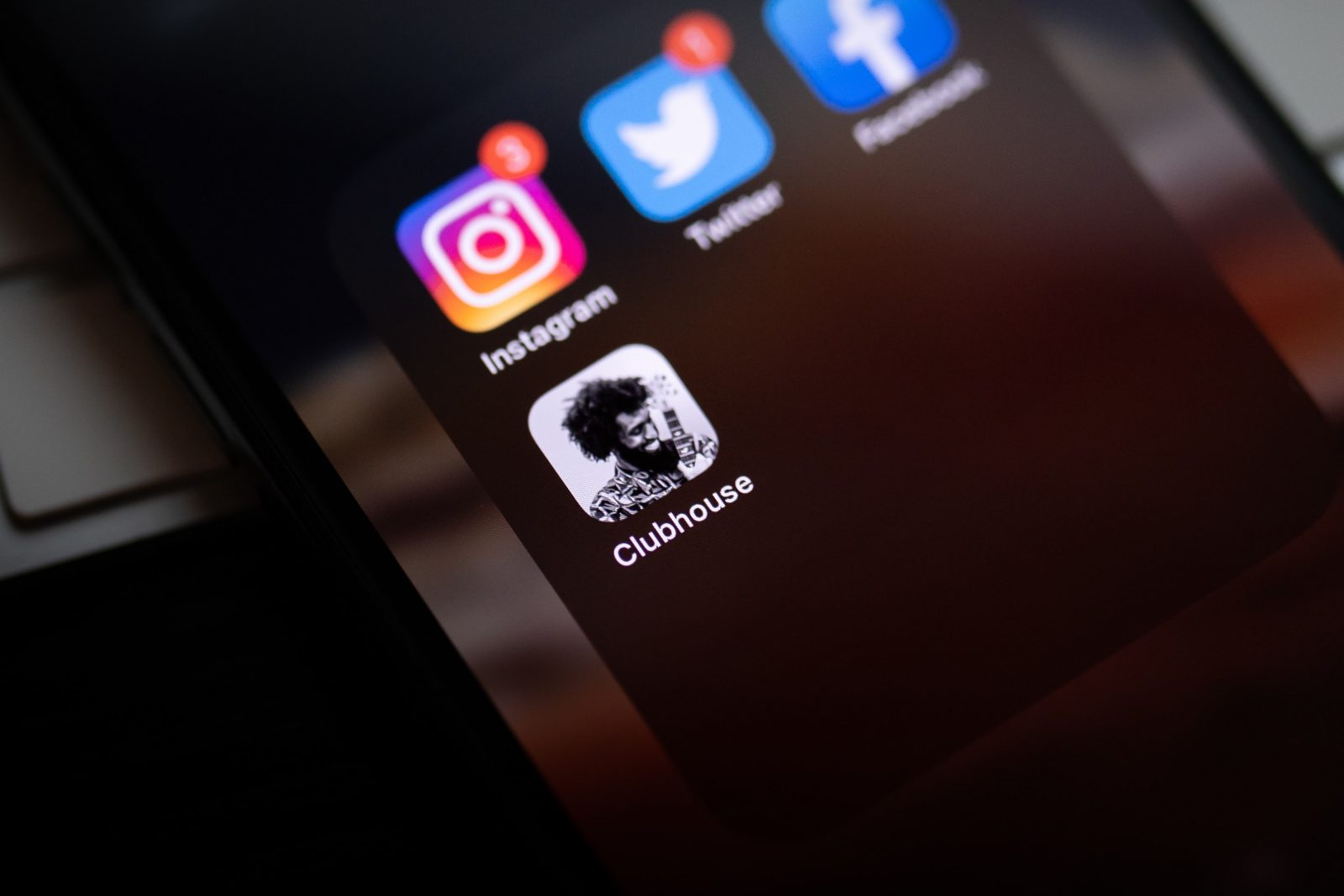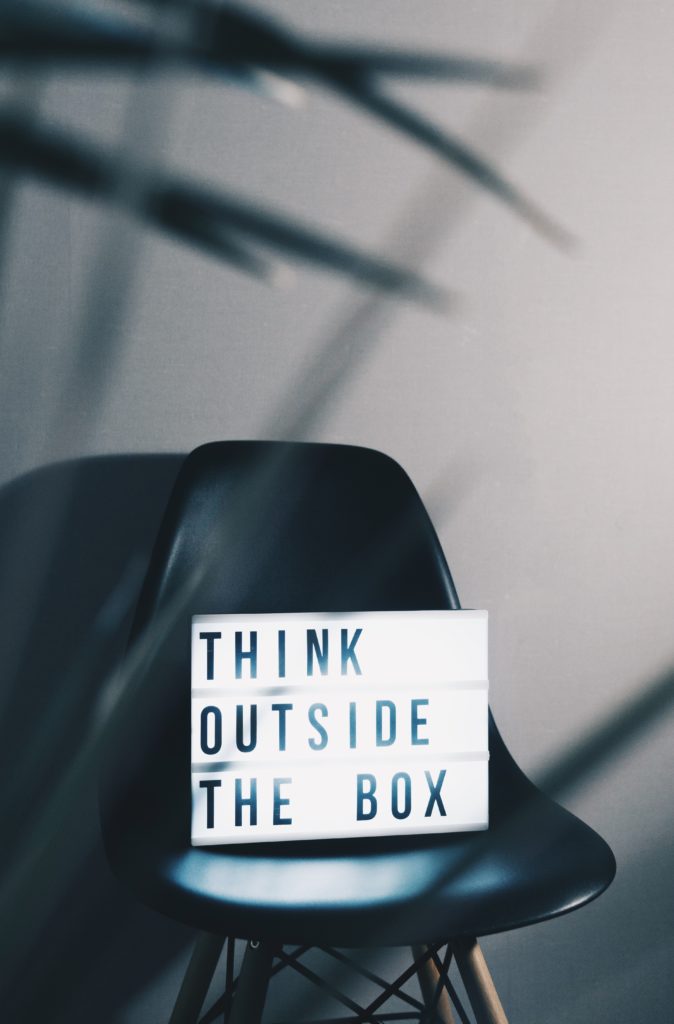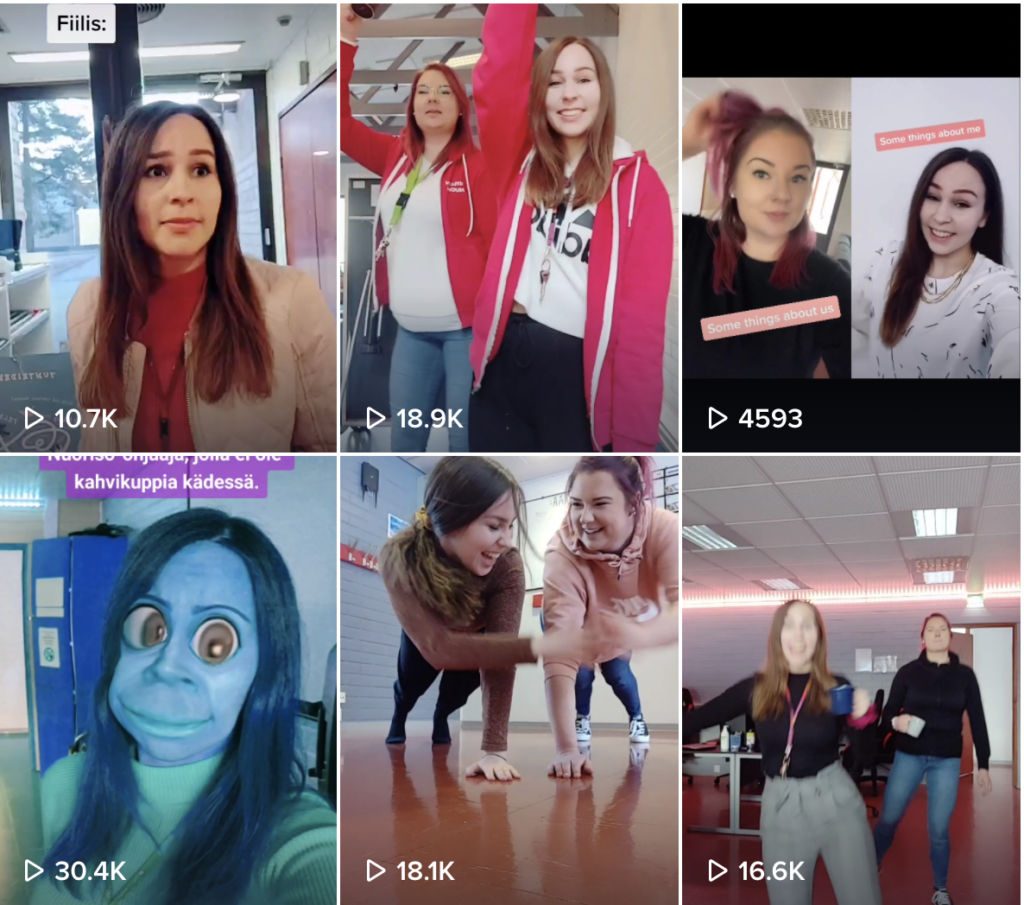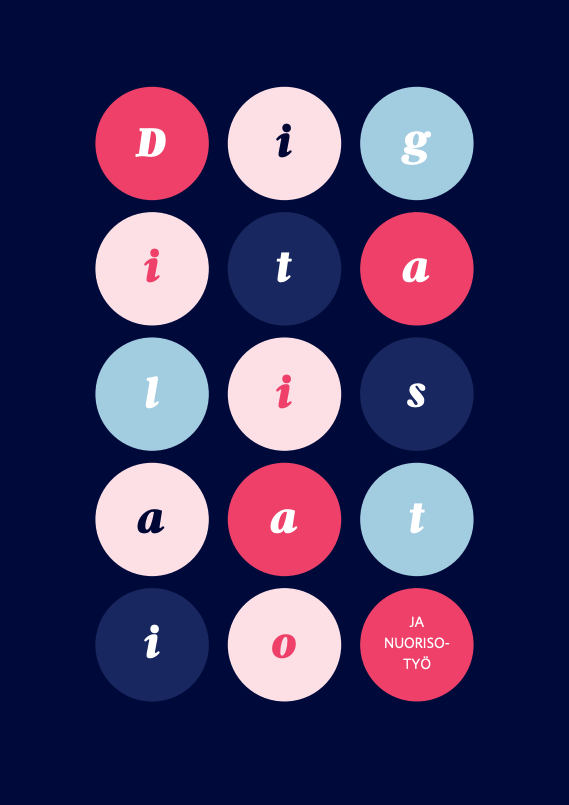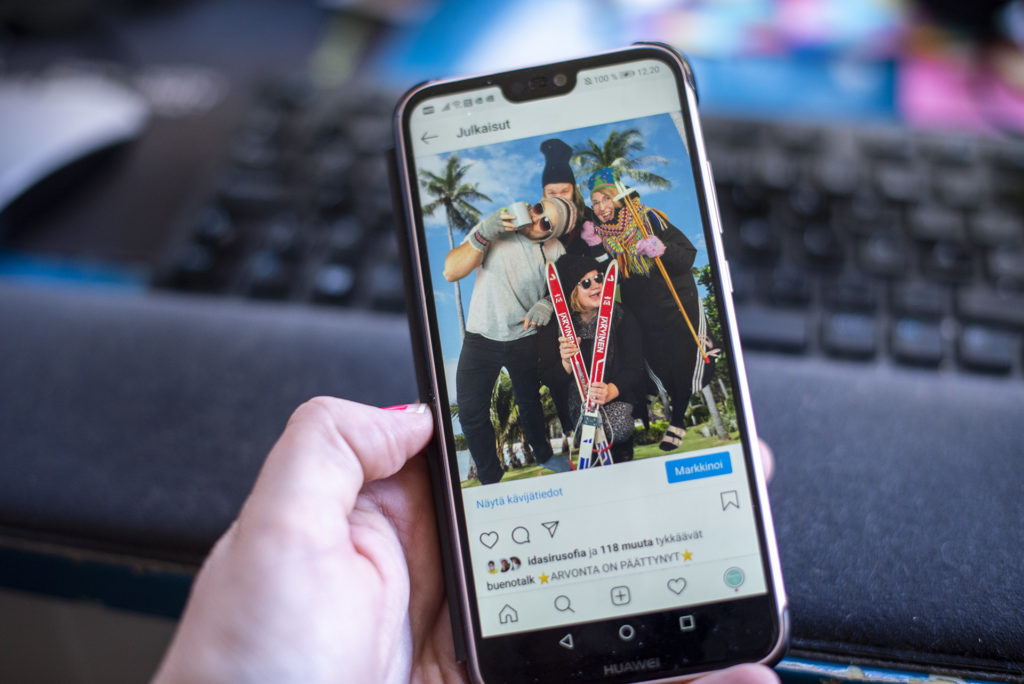Social media has become an established part of our lives. It is a tool for networking, helps us maintain social relationships, serves as an entertainment platform and tells us the latest news and how others are faring. What do we give others through social media? What kind of a picture do we create of ourselves, whether consciously or unconsciously? When we stop to think about our posts, we can detect different sides of our identity.
In social-media education and training, participants often wonder how to separate the private self from the work self on social media. After all, it is the same person posting, but the topics may differ. A closer analysis of this reveals that pretty much everything we post on social media highlights just a small part of us. For professional posts, we give the target group closer thought than when we post a holiday photo of a beautiful landscape in Thailand. The main question probably is, how much do we reveal of ourselves. What does this photo tell of me? We do not necessarily think about these questions consciously but almost unnoticeably create a picture of ourselves on social media.
The audience often longs for authenticity, something to identify with, for their interest in a social media account to persist. However, they do not want to hear about things that are too private and make them feel uncomfortable. Now household names, social media services have attracted audiences in the billions. How many of us really want to reveal our full selves, the good and bad sides, to that many people? You should try to be authentic and also show the human sides of yourself to be easily approachable and ensure continued interest in your account.
In her thesis, Veera used the concept “everyday CV” to describe this balancing act. It is an apt description of the balancing of social media content since the CV is often one of the most important materials that we use to secure a job. In our CVs, we want to give the best possible picture of ourselves by highlighting different parts of our work history, hobbies, language skills and competence. However, there’s no point exaggerating or lying in a CV, because that would not take you very far and you often get caught in the end. Similar to a CV, you can meticulously build a positive picture of yourself on social media by filtering the kind of content you post there. Who of us would not want to look like the best possible version of ourselves in front of hundreds of followers? Rarely do social media influencers reveal their worst sides for others to comment on.
Social media is one of the stages of everyday life
In other words, the content we post on social media may be authentic excerpts of our lives, but excerpts that have passed through certain filters. This does not mean colour filters for photos but rather the conditions that we place on the content that we are willing to release on our social media channels. Social media is a kind of stage on which we present certain sides of ourselves to others. The way we create an impression of ourselves on different “stages”, in different situations and in different places has been studied a fair deal. Traditional stages include the school, work and home. We all behave slightly differently in these places.
These days, social media can be one such stage. And an interesting stage it is. One where we can be both performers, creating a picture of ourselves, as well as the audience, interpreting impressions created by others. Stages offer us the opportunity to build our identity and work on our self-image. Social media has become an important place for young people to shape their identity.
The concept of identity shaping may make it sound as if only carefully chosen selfies published on our own channel create the desired picture of us. However, we can bring out our identity in many ways on social media. We can do this by writing poems, posting specific kinds of landscape photos or publishing digital drawings, just to name a few examples. Social media has created new ways for us to express our identity. Suvi Uski, who has studied social media and identity building, points out that the expression of identity on social media is not linked only to the user profile. Social relationships and encounters to which we are linked through our user profiles play a key role. The profiling work we carry out on social media becomes visible through our experiences and activities. We all make decisions about what we post and what we do not, and this is what profile work is about.
The role that social media plays in building our self-image and the impression we give to others was also the topic of Suvi Östman’s dissertation (2015). According to Östman, we adopt the idea of publishing our lives on social media in three stages. We start off practising it by considering what we want to tell about ourselves to others. By publishing content, we can create a relationship of trust with the audience without revealing anything we do not want to.
This practice stage is followed by one of deeper adoption. At this stage, we have grown more familiar with the activities and begin to create and follow certain norms for publishing our lives. We behave in a subdued manner on social media and gradually become committed to our publishing activities. This creates us the role of life publisher, which is activated when we edit our posts. At the third stage, we have adopted this role profoundly and think of it as our identity. During this stage of deep adoption, we may actually examine our lives through our social media posts.
These days, the likes and followers obtained on social media serve as an indicator of popularity and status for some young people. Brand clothing and certain status items used to be indicators of this kind, but now, social media has established its place alongside them. The content of some accounts may build around the presentation of brand products. This may give a push towards life publishing since social status and assets play an important role in the lives of young people. Things tend to have many sides to them, and so does this. Social media can also help us find a tribe and peer, that is, a person similar to us, without our location or any other factors posing restrictions. Or, if we have a rare hobby or another source of interest, an online community built around it can enable joint activities irrespective of the distance separating the participants.
Social media offers keys for modifying roles
Social media users often follow what others do and adopt new ideas for their own activities. In this way, trends also serve as a harmonising factor for users. You may have seen similarly edited Instagram photos on many different accounts or, perhaps, heard the same challenges and greetings on more than one YouTube video. While trends may make us look more alike, social media has also made it easier for us to emphasise our personalities and create different kinds of self-images. The “boundaries” that emerge on social media can be pushed back and shaken with personal content that stands out from the rest. In recent years, body positivity has been a recurring topic on social media, and different types of bodies have been portrayed in the content. Social media is also home to users who may focus on and emphasise a specific style of dressing, a sub-culture or a body feature. This provides young people with the opportunity to more strongly build their identity through social media.
Social media also offers a handy way to change and work on roles. For example, we all grow a role at school, and the role created in the community often remains much the same throughout our lives, because it is quite difficult to change roles in face-to-face interaction. However, on social media, it is easy to change and actively revise our roles as we choose. By revising and moulding their role and identity on social media, young people can revise and develop their own identity as well as find a suitable community.
All in all, social media is a versatile stage where every one of us carries out some sort of role work, sometimes unconsciously. Interaction and discussions with others offer us keys for developing our self-image in a way never before experienced. Even though the identity of young people being built on social media channels may sound radical, social media is nevertheless an important means and place for experimenting with different roles, revising one’s self-image while growing up and getting better acquainted with one’s identity.
Read more about the role of social media in youth work in Verke’s latest publication (in Finnish) Mitä nuorisotyön tulisi tietää? – Havaintoja teknologisoituvasta maailmasta.
